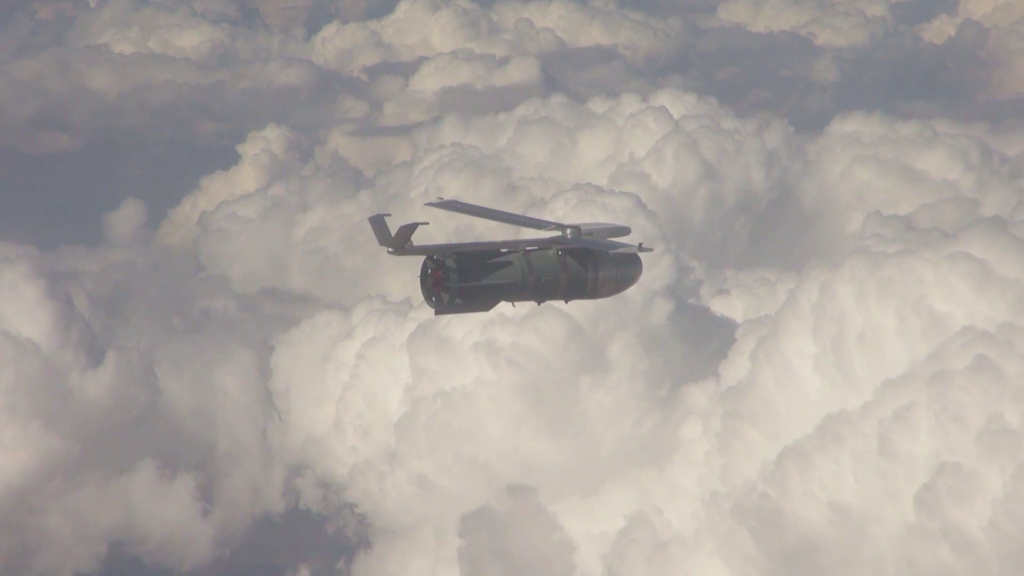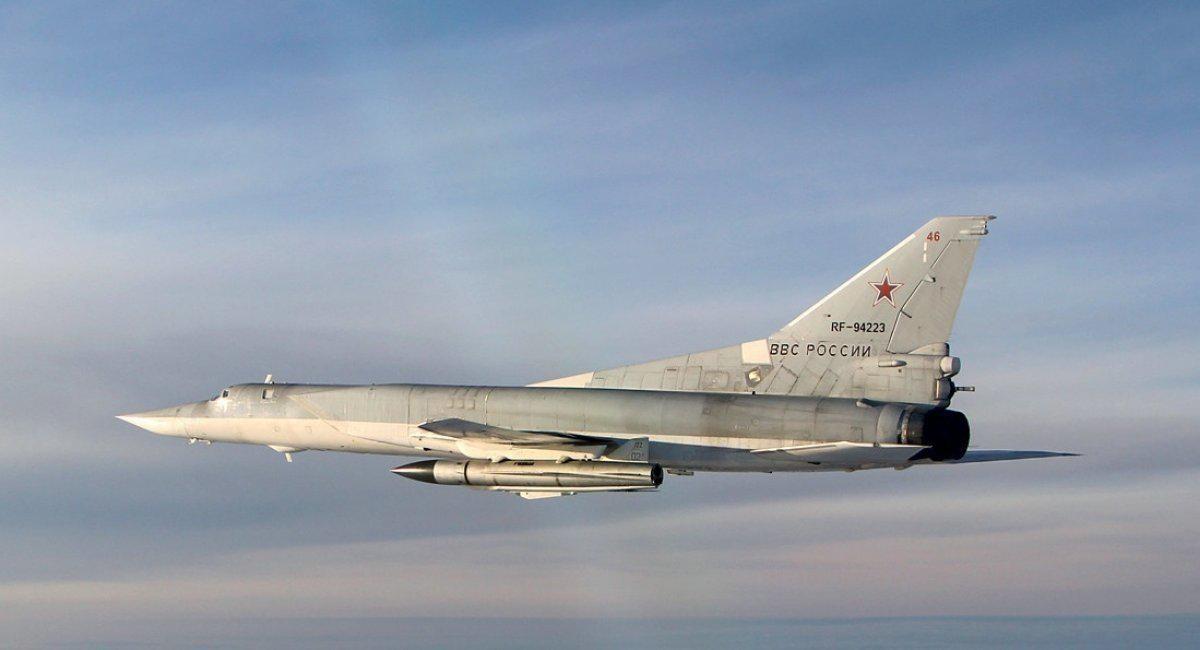Every day, 180 Russian bombs fall on Ukraine. Now they’re falling from twice as far away.
Russia has quietly deployed a new version of its satellite-guided glide bombs that can strike targets from more than 95 kilometers away—double the range of previous models.
The extended reach means Russian pilots can drop their deadly cargo while staying safely beyond most Ukrainian air defenses, fundamentally shifting the tactical balance along the 1100-kilometer front line.
The more aerodynamic UMPK-PD bomb first appeared under the wing of a Russian Sukhoi Su-34 fighter-bomber this spring.
While the original UMPK ranges around 40 kilometers, the new version ranges more than twice as far, according to the Ukrainian Center for Defense Strategies.
“The Russian aerospace forces test new glide bombs with unified planning and correction modules with extended range (up to 95 km) in Kharkiv Oblast,” CDS reported.
According to CDS, the Russians have lobbed UMPK-PDs at Kharkiv Oblast from positions over the village of Tomarovka in Belgorod Oblast, 30 km from Russia’s border with Ukraine, on May 31. “Similar glide bombs were used against defense forces in Sumy Oblast in May 2025,” CDS noted.
It’s unclear what percentage of the daily UMPK strikes involve the longer-range version. According to Ukrainian Pres. Volodymyr Zelensky, Russia has dropped 27,700 aerial bombs on Ukraine just this year. “That’s in less than half a year,” Zelensky said.

Jam-resistant bombs
The farther away from the target a warplane can drop its bomb, the fewer enemy air defenses it’s exposed to. Farther is safer.
And it might help mitigate Ukrainian jamming, too. Ukrainian forces have deployed powerful electronic warfare systems that can broadcast radio noise in the direction of satellite-guided munitions such as the UMPKs.
One new jammer, the Lima, is partly responsible for the recent degradation of Russian glide bombing in Kharkiv Oblast, the team’s founder claimed.
Lima isn’t just a traditional jammer that simply blasts radio noise toward the enemy. “We use digital interference,” the founder explained. It’s “a combination of jamming, spoofing and information cyber attack on the navigation receiver.”
In other words, Lima can deafen a UMPK by preventing it from hearing a satellite signal, but the jammer can also deceive the bomb—by telling it that it’s somewhere it isn’t.
Ukrainian forces first deployed Lima to protect Kharkiv and Zaporizhzhia, apparently last year.

Forbes: Ukrainian jammers confuse Russia’s glide bombs, ending “golden era” of precision strikes (video)
“After the deployment of the E.W. system, the accuracy of the bombings first decreased and then, realizing the ineffectiveness of this method of destruction and the impossibility of achieving the goal, the enemy stopped shelling regional centers altogether,” said an official with Night Watch, the team that developed Lima.
The jamming caused some Russians to panic. “The golden era of the divine UMPK turned out to be short-lived,” Fighterbomber, the unofficial Telegram channel of the Russian air force, noted in a recent missive. “All high-value targets are guaranteed to be covered by [electronic warfare],” the channel added.
But jamming requires a lot of electrical power—and it requires more electrical power the farther the target, a UMPK or another system, is from the jammer. “Like a long-distance runner, radio signals lose strength the further they travel,” explained Thomas Withington, an analyst with the Royal United Services Institute in London.
A farther-flying UMPK is exposed to less jamming, especially in the early moments of its flight. For at least a portion of its one-way journey toward its target, it might be able to navigate accurately. Even if Ukrainian jamming grows more powerful closer to the target, it might be too late: the bomb might already be on course for an accurate hit.
The good news for Ukrainian developers is there’s a straightforward solution to longer-range UMPKs. That is: jam harder, with more powerful emitters.





